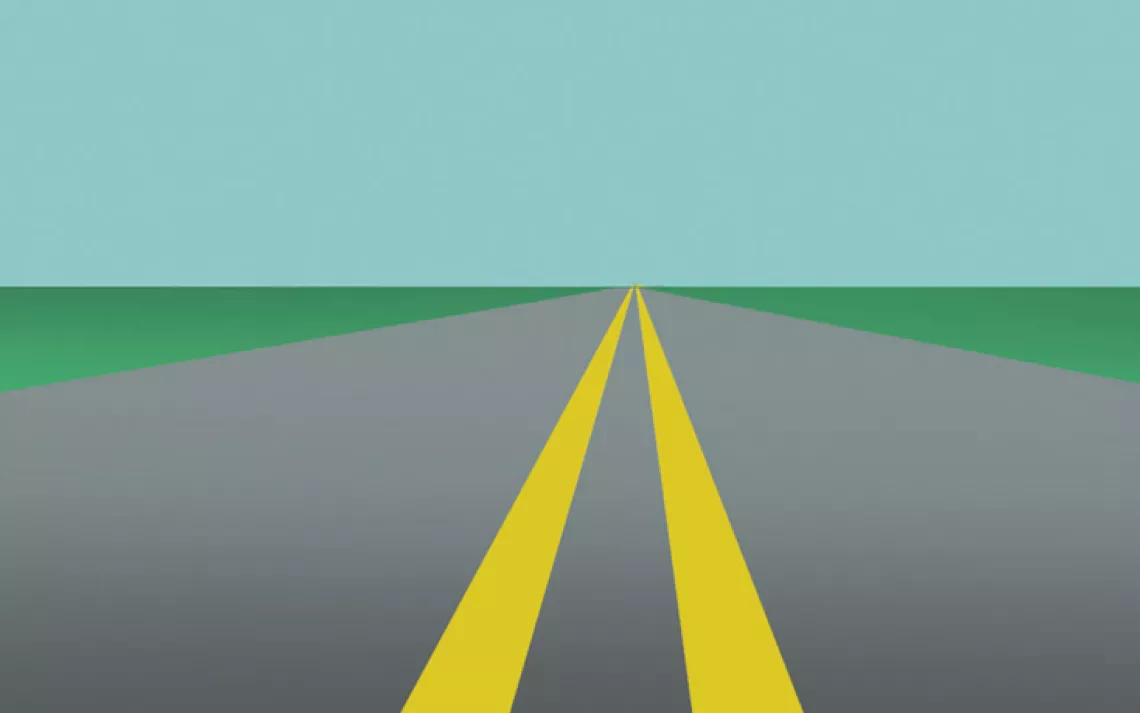In the future, will pavement solve all our problems?

STREET SMART The United States has roughly 2.5 million miles of paved roads, along with millions more acres of parking lots. Wouldn't it be cool, ask Idaho inventors Scott and Julie Brusaw, if all that pavement were made of solar panels? The Brusaws are the founders of Solar Roadways, which raised $2.2 million on the crowd-funding website Indiegogo to begin manufacturing hexagonal solar panels covered by thick tempered glass that can be formed into roadways able to withstand the weight of heavy trucks. The panels, they say, could supply the nation with power, de-ice roads with built-in heating elements, illuminate road lines and signage, replace overhead power lines, and collect stormwater runoff. Killjoys point out that solar rooftops are more efficient and easier to deploy and that no one is likely to invest the trillions it would take to construct a high-tech, solar superhighway. But more than 48,000 giddy supporters have invested anyway, spurred in part by a tweet from Star Trek veteran George Takei: "Dare to Dream."
COOL IS THE NEW BLACK Black roadways absorb sunlight and emit it as heat, contributing to global warming. California's Lawrence Berkeley National Laboratory has a possible solution—cool-colored pavement coatings that reduce solar absorption by up to 50 percent, largely by reflecting the invisible near-infrared radiation that makes up almost half of sunlight. In the lab's test lot, treated asphalt was as much as 40 degrees cooler than conventional pavement. The implications are pretty cool too—reducing urban temperatures would cut down on smog, conserve energy, and save lives during heat waves.
SOFT CORE Pavement is hard—ask any cyclist with road rash. Noting that 41 percent of those seriously injured in Swedish road accidents are bicycle riders, kindhearted researchers working for the Swedish Transport Administration are creating a special surface for use in bike lanes that would baby the tender heads, hips, hands, and hides of Scandinavian pedalers. The new pavement combines recycled tire rubber (for cushy landings) with ground stone (to increase friction and reduce skids).
 The Magazine of The Sierra Club
The Magazine of The Sierra Club







